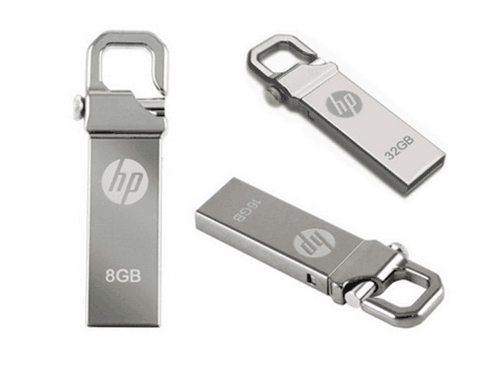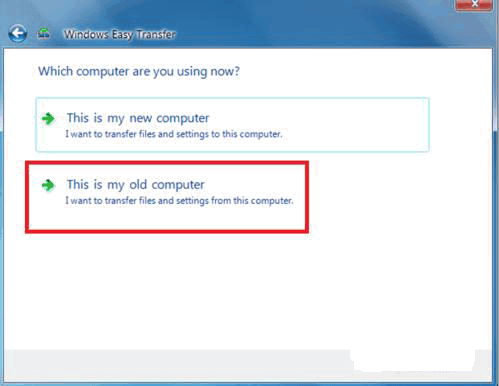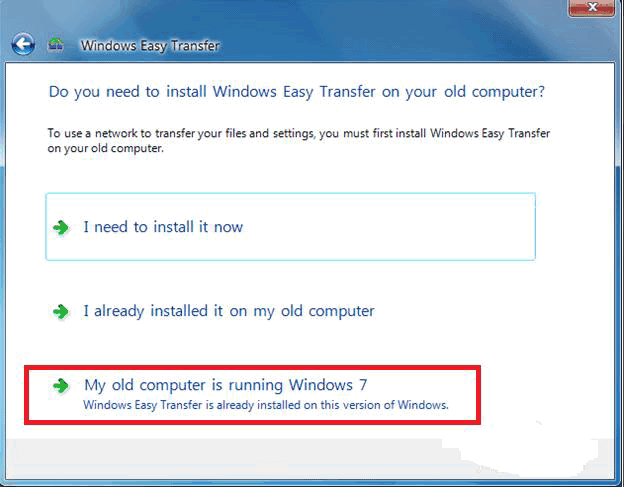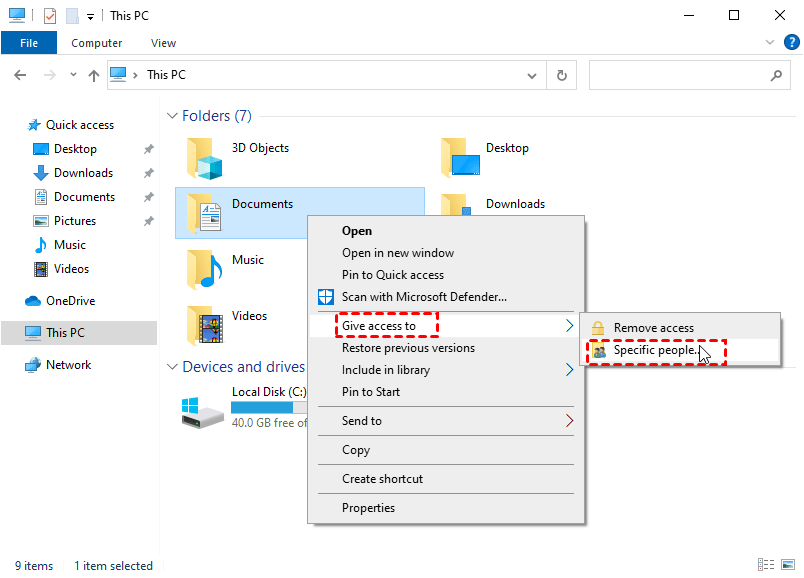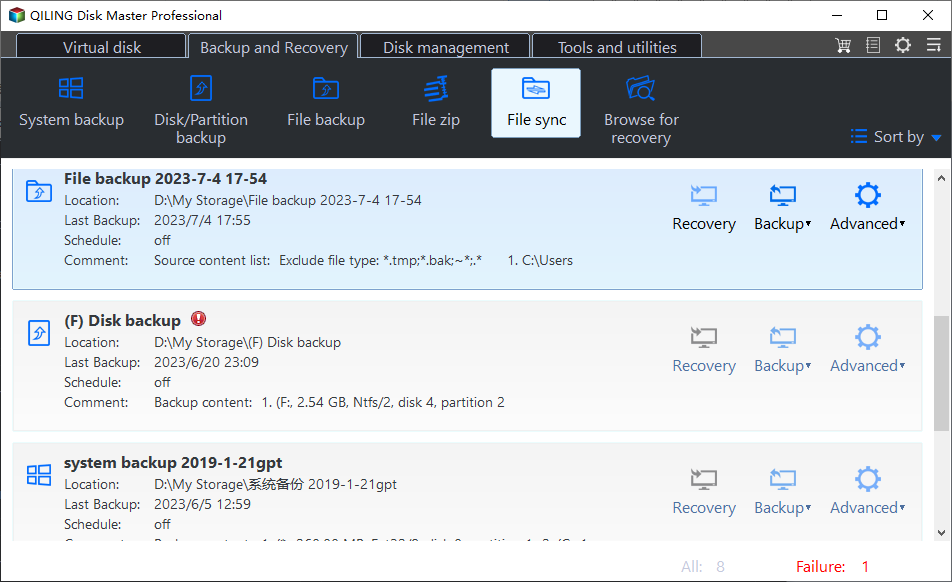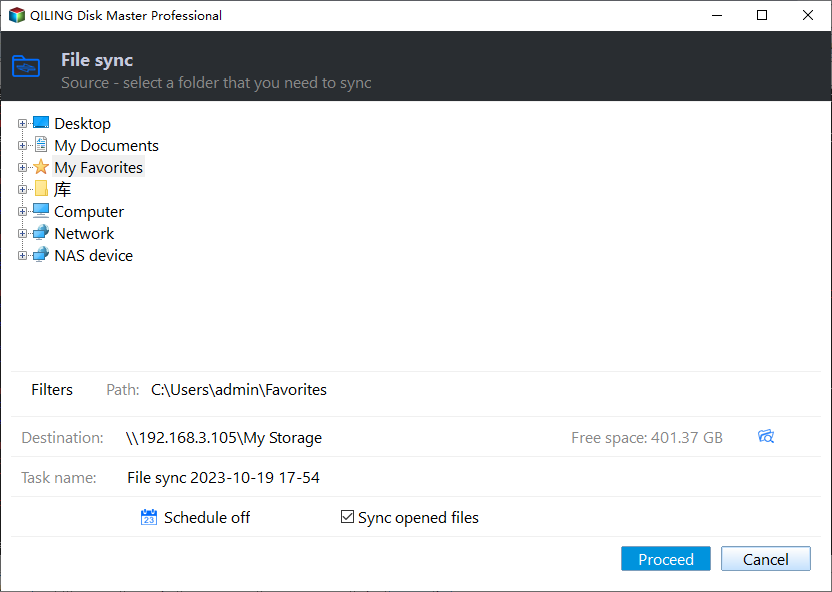How to Transfer Files Between Laptop and Desktop PC | 5 Ways
- Why do you need computer to computer file transfer?
- Top 5 ways to transfer files from laptop to desktop or vice versa
- Way 1: File transfer through external device
- Way 2: Transfer files with Windows Easy Transfer
- Way 3: Transfer files using cloud storage (remotely)
- Way 4: File transfer over network
- Way 5: Transfer files via Qiling File Sync
- Summary
Why do you need computer to computer file transfer?
Many people use multiple computers in their daily lives, such as working on a desktop at the office and using a laptop at home. This can lead to the need to transfer files between devices, especially when working remotely or during holidays.
You might need to transfer files between computers for various reasons, such as replacing an old desktop with a new laptop, or for other situations that require file transfer. It's essential to learn how to do this to avoid any inconvenience.
Top 5 ways to transfer files from laptop to desktop or vice versa
You may encounter two scenarios when it comes to transferring files: a one-time transfer, where you need to move files from one location to another just once, and a regular transfer, where you need to transfer files on a recurring basis, such as daily, weekly, or monthly.
To transfer files once
To transfer files regularly
- Way 3: Transfer files using cloud storage (remotely)
- Way 4: File transfer over network
- Way 5: Transfer files via Qiling File Sync
Way 1: File transfer through external device
If you need to transfer files between your desktop and laptop, consider using a large-capacity memory stick, USB flash drive, or other removable hard drive as a medium. This approach saves time and eliminates the need for complex operations. For instance, if you want to transfer files from your desktop to your laptop, using a memory stick or USB drive can make the process quick and hassle-free.
1. Connect a removable medium to your desktop, drag files you want to transfer to the device, and then disconnect it.
2. Connect the device to your laptop, then drag the files to the laptop.
Note: You can also backup files first in the old computer, store the backup image to a removable storage device, and then restore it on the new computer.
Way 2: Transfer files with Windows Easy Transfer
The Windows Easy Transfer (WET) application can help transfer files between PCs using three methods: "An Easy Transfer cable", "A network", and "An external hard disk or USB flash drive". For example, to transfer files between two computers running Windows 7 using a network, you can follow these steps.
Note: This utility doesn't support Windows 10 because it has been replaced with PCmover, which requires a purchase.
1. To ensure your laptop and desktop are connected to the same network and can share files and folders, make sure they are both connected to the same wired or wireless network and that both computers can access shared files and folders.
2. On the source computer, click Start, type "easy transfer" in the Search field, and then select Windows Easy Transfer in the list of search results.
3. A welcome window will pop up. Click Next and select A network > This is my old computer. Take note of the Windows Easy Transfer key, and then leave this computer alone.
4. Open Windows Easy Transfer on the destination computer, select "This is my new computer" and "My old computer is running Windows 7", and type in the Windows Easy Transfer key to transfer data from the old computer to the new one.
5. Once connected, the network will display "Connected" and then check what can be transferred for a few minutes. After this, you can select what to transfer based on your needs.
This method is a bit cumbersome and doesn't work with newer operating systems like Windows 10/11. Additionally, it's not possible to transfer files from a 64-bit OS to a 32-bit OS using this method.
Way 3: Transfer files using cloud storage (remotely)
Cloud storage services like OneDrive, Google Drive, and Dropbox have made it easy to transfer files between devices. Many of these services offer free storage, such as OneDrive, which provides a few gigabytes of online storage for free. To share files between a laptop and desktop using OneDrive, you can follow these steps: [insert steps here].
1. To get started, install the OneDrive desktop app on two computers. If you're running Windows 10, the app may have already been installed, but you can still verify this by checking. Otherwise, download and install the app on both computers to access your OneDrive files from your desktop.
2. On the computer you want to transfer files from, search for "OneDrive" in the search box on the taskbar and select it from the list of results.
3. Sign in with your Microsoft account and follow the setup wizard to complete OneDrive setup.
4. To transfer files from your computer to OneDrive, open File Explorer, click on OneDrive in the left panel, and drag the desired files into the OneDrive folder. This will upload the files to your OneDrive account.
5. To access the same files on another computer, open the OneDrive app on that device and log in with the same account credentials. This will sync the files from the first computer, making them available on the second computer.
6. The app will automatically sync files to the OneDrive folder on your second device. You can then copy the files to a new location on your computer if desired.
Way 4: File transfer over network
Transferring files regularly may require the assistance of a network, whether it's a local area network (LAN) or a wireless connection (WIFI).
1. To create a local area network (LAN), you can use a router or hub. First, plug the router or hub into a power source and connect it to a modem, if necessary.
2. To transfer folders, right-click each one on your desktop, select "Give access to", and follow the security wizard to share them. Wait for the process to complete.
3. To access shared folders on your laptop, go to the Network section, double-click on your desktop name, and then all the shared folders from your desktop will be displayed. From there, you can select and drag the desired files to the designated drive on your laptop.
Way 5: Transfer files via Qiling File Sync
You can simplify the process of syncing files from your laptop to desktop with the freeware Qiling Disk Master Standard, which supports Windows 11/10/8/7 and Windows XP/Vista. With its Sync feature, you can easily synchronize files with just a few clicks. Download Qiling Disk Master to give it a try.
You need to create a LAN, create a network shared folder on the source computer, and follow the steps to transfer files from old PC to new PC without a USB cable.
Step 1. Install and launch Qiling Disk Master Standard on the source computer. Click Tools and utilities, and then click File Sync.
Step 2. Add folders you want to transfer by clicking Add Folder.
Step 3. Here you can select "Add Share or NAS Devices" and type the IP address of the source computer in the pop-up window, then select the shared folder created before.
Step 4. Click Schedule Sync, and you can set a schedule to synchronize files daily, weekly, or monthly, then click Proceed.
Step 5. To access the synced files wirelessly, go to "This PC" > "Network" on the new computer.
Notes:
- File/Folder can't be synchronized to CD-ROM/DVD/Blue-Ray.
- A single file larger than 4GB cannot be synced to a FAT or FAT32 partition due to size limitations.
- When you create a Qiling account, you can also backup your laptop files to Qiling cloud and then restore them on your desktop, with a free 1TB storage for 15 days after signing up.
Summary
This article offers five ways to transfer files between a laptop and desktop, including using a removable device, Windows Easy Transfer, cloud drive, network share, and free Qiling Disk Master, allowing users to choose the best method based on their specific needs.
Qiling Disk Master offers easier operations and multiple schedule modes, making it a more user-friendly option. If you're already using File Sync, you might be overlooking other powerful features in Qiling Disk Master, such as System Backup, Disk Backup, and Disk Clone.
If you want to protect unlimited computers within your company, you may pick Qiling Disk Master Technician. It also allows you to create portable sync software so that you can sync files on any computer. Just go for this tool!
Related Articles
- Transfer OS from Laptop to Desktop without Reinstalling Windows 10/8/7
- How to Sync Desktop to OneDrive Automatically (2 Ways Included)
- Freeware to Sync Files Between 2 Computers on the Same Network
- How to Monitor a Folder and Move Files Automatically?
Need to copy files from one folder to another automatically? Read this article patiently to get the best automated file mover utility in Windows to assist you.

